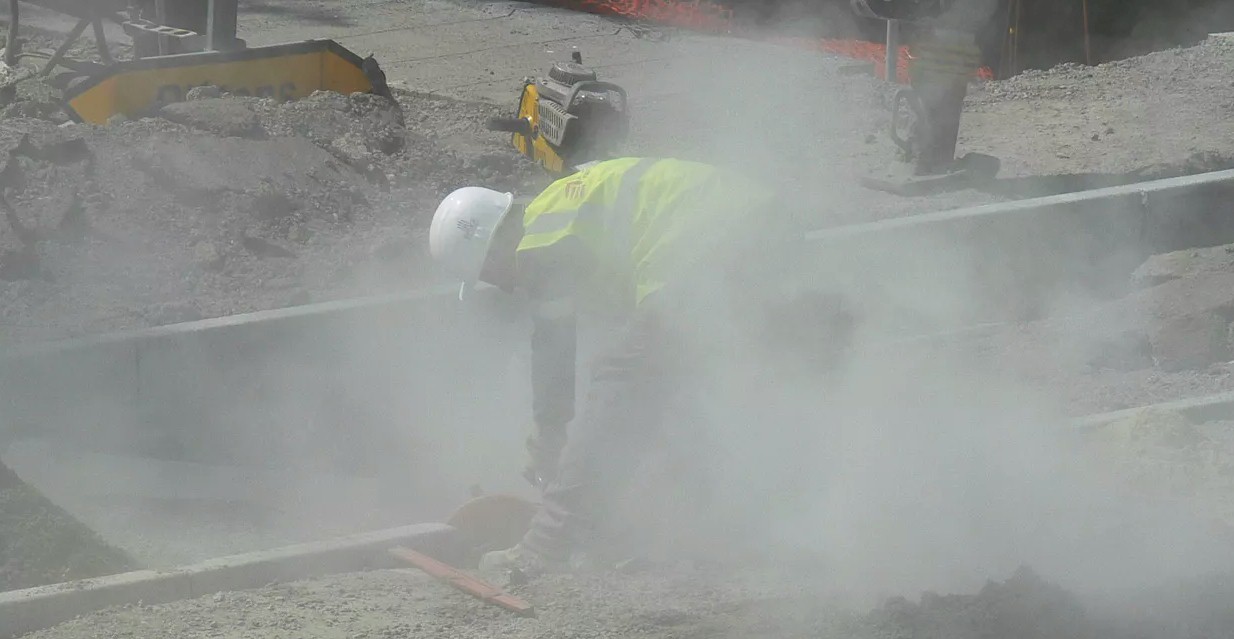We help keep your project moving forward
Respirable crystalline silica (RCS), depending on factors such as how much dust a worker breathes in and for how long, can cause silicosis. Silicosis is fibrosis (scarring) of the lung resulting in loss of lung function. This fibrosis is incurable and continues to develop after exposure has stopped. Persons with advanced silicosis suffer severe shortness of breath and may suffer complications such as heart failure.
Workplace Monitoring
Crystalline silica (quartz) is a naturally occurring mineral found in most rocks, stone, sand, and clay as well as in products such as bricks, concrete, tile and manufactured stone. Workers can come across crystalline silica during excavation, demolition or tunneling through quartz containing rock such as shale or sandstone. A health hazard is created when the very fine particles of crystalline silica can be inhaled. The size fraction of airborne dust that can reach the lungs where air exchange takes place is known as the ‘respirable fraction’. Once particles become larger than about seven microns (1 micron = 1/1000 mm) in diameter, they are no longer respirable.
Significant levels of airborne dust are most likely to occur when materials or products in the workplace are cut, sanded, drilled or during any other activities which create fine dust. Exposures in workplaces can also occur through dry sweeping or using compressed air (rather than wet cleaning or using a vacuum with HEPA filter) and resuspension of settled dust from clothing or fabric materials. Call us today to undertake workplace monitoring so to ensure that no significant health risk exists.



